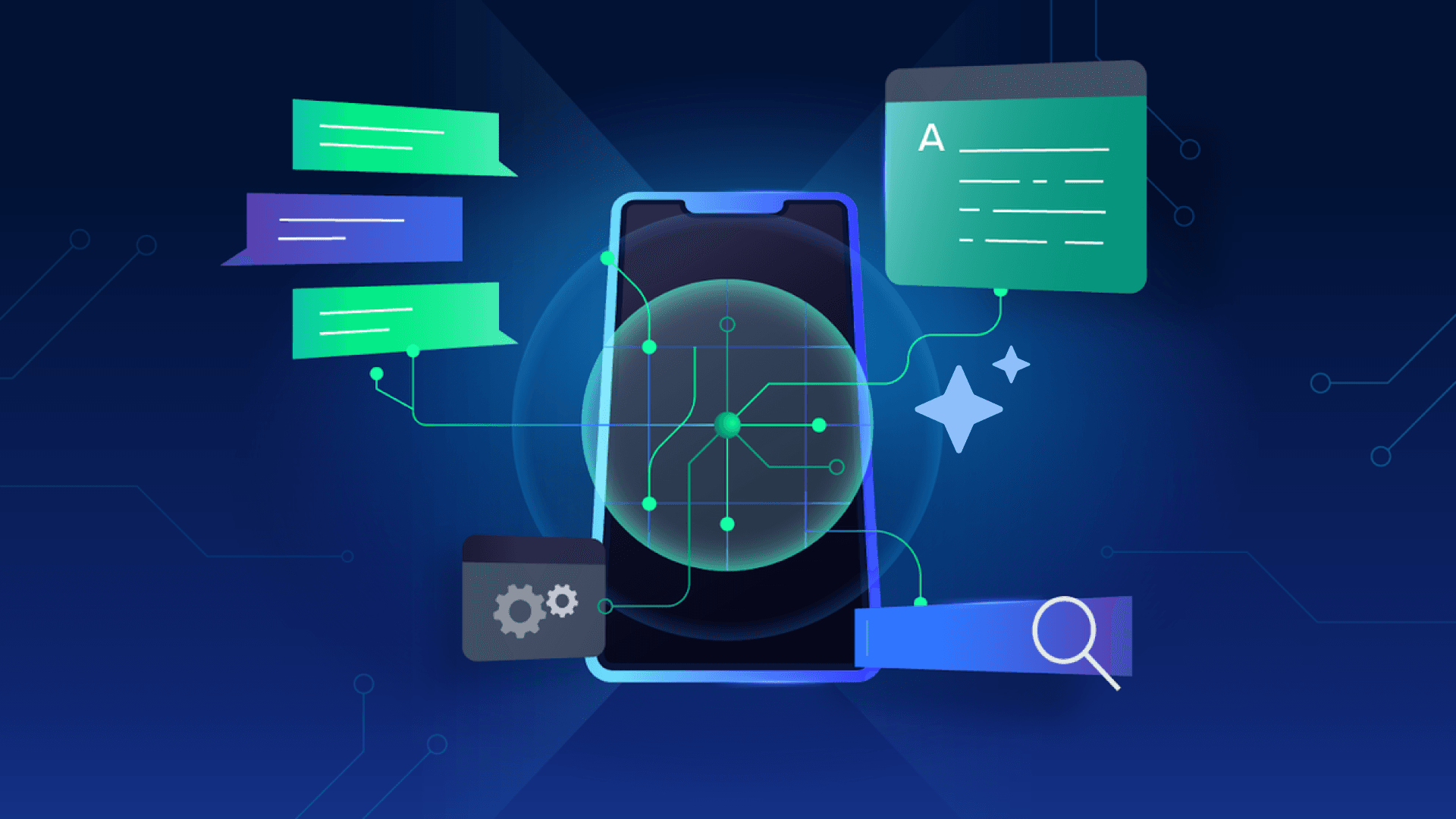Table of Contents
How AI Loyalty Programs Improve Customer Retention in U.S. Restaurants
Author

Subject Matter Expert


Date

Book a call
Key Takeaways-
- AI loyalty is the new retention engine. Traditional discount-based programs no longer meet customer expectations. AI enables personalized rewards, real-time engagement, and measurable ROI that directly improve retention and lifetime value.
- U.S. restaurants face unique challenges. Compliance requirements, legacy tech stacks, and rising acquisition costs demand loyalty programs that are built for transparency, interoperability, and operational ease.
- The future is experiential. Voice-activated ordering, AR/VR, blockchain, and non-discount reward models will redefine loyalty as an emotional connection—turning diners into long-term brand advocates.
Loyalty Programs Are Everywhere—But Loyalty Is Nowhere

Leading U.S. brands are already proving the point. Starbucks uses AI within its Rewards app to personalize drink suggestions, McDonald’s Dynamic Yield adjusts offers in real time, and Panera’s Unlimited Sip Club keeps members engaged through AI-driven recommendations.

Kunal Kumar
Chief Operating Officer
The market data backs this up. A 2024 Deloitte study found that restaurants using AI-powered loyalty platforms saw 20–30% higher repeat visits and up to 40% growth in order value compared to traditional programs. For U.S. diners, personalization is no longer a perk—it’s the expectation
Essential AI Features Every Restaurant Loyalty Program Needs
Customer Retention in Restaurants: What is Non-Negotiable
How to Integrate AI in Loyalty Programs for Restaurants: A Step-by-Step Guide

Anusha H P
Senior Business Analyst
1. Evaluate Your Current Position and Set Clear Objectives
2. Choose the Appropriate Technology Partner
3. Apply AI Strengths in the Areas of the Greatest Need
4. Design a Phased Launch Plan
5. Track, Learn, and Scale
Measuring ROI and Impact of Loyalty Programs in Restaurants

Overcoming U.S.-Specific Challenges in AI Loyalty Programs
1. Information Data Protection and Privacy
2. Trust to the Consumer and Transparency in Communication
3. Change Management and Adoption of the Staff
4. Integration into Legacy Tech Stacks
5. Increasing Customer Acquisition Cost
6. Competitive Landscape Loyalty

Kunal Kumar
Chief Operating Officer
Why Leading U.S. Restaurants Partner with GeekyAnts for AI Loyalty Programs
Why Restaurants Choose GeekyAnts
- Proven Expertise in Restaurant Tech → From loyalty apps to digital ordering and CRM systems, we design solutions tailored for U.S. restaurant operators.
- AI-Driven Loyalty Programs → We integrate predictive analytics, personalization engines, and gamification features to keep diners engaged.
- Seamless POS & CRM Integrations → Our engineers specialize in connecting legacy and modern platforms, creating a unified diner profile for smarter engagement.
- Compliance-Ready Architectures → Every solution is built with U.S. regulations in mind (CCPA, PCI DSS), ensuring customer data is protected and trust is maintained.
- Scale and Reliability → With a large engineering team and global delivery experience, we can handle complex, multi-location rollouts without disruption.
Future Trends and Innovations in Restaurant Loyalty
The next chapter of restaurant loyalty will be defined by technology that creates experiences, not discounts. Voice-activated ordering, AR/VR-driven engagement, blockchain-backed transparency, and AI-powered hyper-personalization will reshape how diners connect with brands. Non-discount models—gamification, exclusive access, emotional rewards—will matter more than coupons. The conclusion is simple: in a market where acquisition costs keep rising, loyalty is no longer optional. It is the engine of profitability. Restaurants that embrace AI-driven innovation today will secure not only repeat visits but also long-term advocacy, turning loyalty into their most reliable growth strategy.
FAQs
1. What is a restaurant loyalty program that is powered by AI?
2. To what extent can AI enhance customer retention of U.S. restaurants?
3. What are the advantages of a restaurant loyalty application and system?
4. What is the best way in which restaurants can select the ideal loyalty system?
5. What KPIs can be used to identify ROI on AI loyalty programs?
6. What are the benefits of using AI in loyalty programs to enhance the customer experience?
7. How has the use of AI-powered loyalty programs in companies increased their engagement and retention?
8. How popular is the idea of using AI in loyalty programs in the market?
Dive deep into our research and insights. In our articles and blogs, we explore topics on design, how it relates to development, and impact of various trends to businesses.


